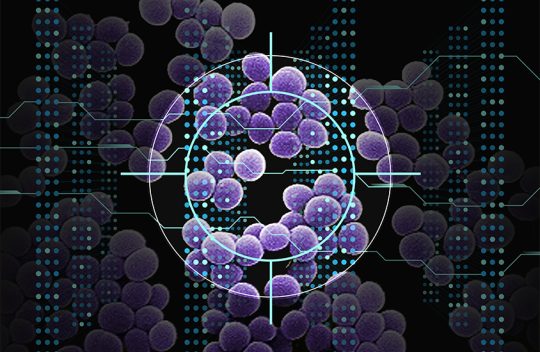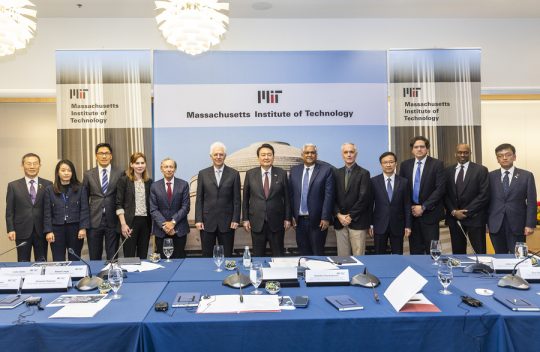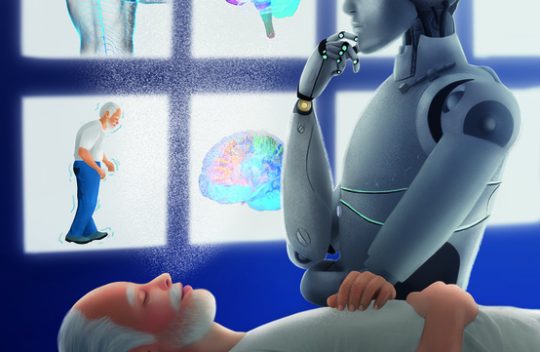Tag: MIT News

Using AI, MIT researchers identify a new class of antibiotic candidates
Using a type of artificial intelligence known as deep learning, MIT researchers have discovered a class of compounds that can kill a drug-resistant bacterium that causes more than 10,000 deaths in the United States every year. Learn more
How an archeological approach can help leverage biased data in AI to improve medicine
Although computer scientists may initially treat data bias and error as a nuisance, researchers argue it’s a hidden treasure trove for reflecting societal values. Learn more
How to help high schoolers prepare for the rise of artificial intelligence
A one-week summer program aims to foster a deeper understanding of machine-learning approaches in health among curious young minds. Learn moreGenerative AI Imagines New Protein Structures
“FrameDiff” is a computational tool that uses generative AI to craft new protein structures, with the aim of accelerating drug development and improving gene therapy. Learn more
Is medicine ready for AI? Doctors, computer scientists, and policymakers are cautiously optimistic
With the artificial intelligence conversation now mainstream, the 2023 MIT-MGB AI Cures conference saw attendance double from previous years. Learn more
President Yoon Suk Yeol of South Korea visits MIT
President Yoon Suk Yeol of South Korea visited MIT on Friday, participating in a roundtable discussion with Institute leaders and faculty about biomedical research and discussing the fundamentals of technology-driven innovation clusters. Learn more
Artificial intelligence model can detect Parkinson’s from breathing patterns
Parkinson’s disease is notoriously difficult to diagnose as it relies primarily on the appearance of motor symptoms such as tremors, stiffness, and slowness, but these symptoms often appear several years after the disease onset. Now, Dina Katabi, the Thuan (1990) and Nicole Pham Professor in the Department of Electrical Engineering and Computer Science (EECS) at MIT and principal investigator at MIT Jameel Clinic, and her team have developed an artificial intelligence model that can detect Parkinson’s just from reading a person’s breathing patterns. Learn more
Remembering Octavian-Eugen Ganea, a gifted MIT postdoc AI researcher and beloved colleague
Octavian-Eugen Ganea, a gifted postdoctoral artificial intelligence researcher at the Abdul Latif Jameel Clinic for Machine Learning in Health (Jameel Clinic) and Computer Science and Artificial Intelligence Laboratory (CSAIL) passed away during a hike in French Polynesia on May 26. He was 34. Learn more


